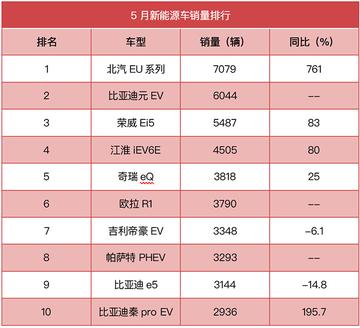在一家电商公司中,有一个商品推荐系统,该系统根据用户的购买历史和浏览记录来推荐商品。系统设计如下:当用户浏览某个商品时,系统会记录下这个商品的ID,并在用户完成购物后,根据浏览过的商品ID来推荐新的商品。在实际运行中,发现系统会推荐一些用户已经购买过的商品,导致用户体验不佳。是系统的一部分代码实现:
python
def recommend_products(user_id, user_browsing_history):
purchased_products = get_purchased_products(user_id)
recommended_products = []
for product_id in user_browsing_history:
if product_id not in purchased_products:
recommended_products.append(product_id)
if len(recommended_products) == 5: # 限制推荐商品数量为5
break
return recommended_products
def get_purchased_products(user_id):
# 模拟数据库查询,返回用户已购买的商品ID列表
return [101, 102, 103]
分析
在这个中,我们需要分析系统推荐逻辑中的BUG,并给出解决方案。通过阅读代码,我们可以发现几个潜在的
1. `get_purchased_products` 函数返回的是一个固定的商品ID列表,这意味着无论用户是谁,返回的商品ID都是一样的。
2. 推荐逻辑中,虽然限制了推荐商品的数量为5,在循环中检查商品是否已购买的操作可能会导致推荐的商品数量少于5。
3. 用户浏览的历史商品中,前5个商品都已经购买过,系统将不会推荐任何新的商品。
BUG解决与代码优化
针对上述我们可以进行优化:
1. 修改 `get_purchased_products` 函数,使其能够根据不同的用户返回不同的已购买商品列表。
2. 优化推荐逻辑,确保即使在用户浏览的历史商品中前5个商品都已购买,系统也能推荐其他未购买的商品。
3. 增加一个机制,确保在用户浏览的历史商品中已购买的商品被推荐后,能够从推荐列表中移除。
是优化后的代码实现:
python
def recommend_products(user_id, user_browsing_history):
purchased_products = get_purchased_products(user_id)
recommended_products = []
purchased_count = 0
for product_id in user_browsing_history:
if product_id not in purchased_products:
recommended_products.append(product_id)
purchased_count += 1
if purchased_count == 5: # 限制推荐商品数量为5
break
# 推荐的商品数量少于5,尝试推荐其他未购买的商品
if purchased_count < 5:
additional_products = [pid for pid in get_all_products() if pid not in purchased_products][:5 – purchased_count]
recommended_products.extend(additional_products)
return recommended_products
def get_purchased_products(user_id):
# 模拟数据库查询,返回用户已购买的商品ID列表
# 这里可以根据实际情况从数据库中获取
return [101, 102, 103]
def get_all_products():
# 模拟数据库查询,返回所有商品ID列表
# 这里可以根据实际情况从数据库中获取
return [101, 102, 103, 104, 105, 106]
在这个优化后的代码中,我们获取用户已购买的商品列表,遍历用户浏览的历史商品,推荐那些未被购买的商品。推荐的商品数量少于5,我们尝试从所有商品中推荐其他未被购买的商品,直到推荐列表长度达到5。
通过分析和优化代码,我们解决了推荐系统中可能出现的BUG,并提高了系统的用户体验。在实际开发过程中,类似的业务逻辑BUG可能会对用户产生不良影响,我们需要对代码进行仔细的审查和测试,以确保系统的稳定性和可靠性。



还没有评论呢,快来抢沙发~